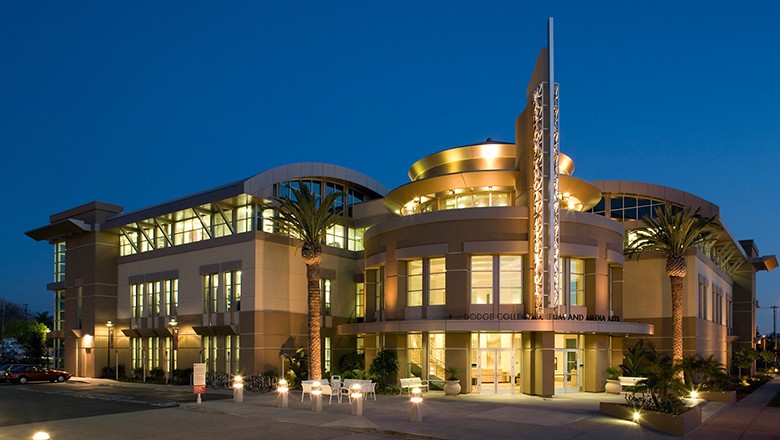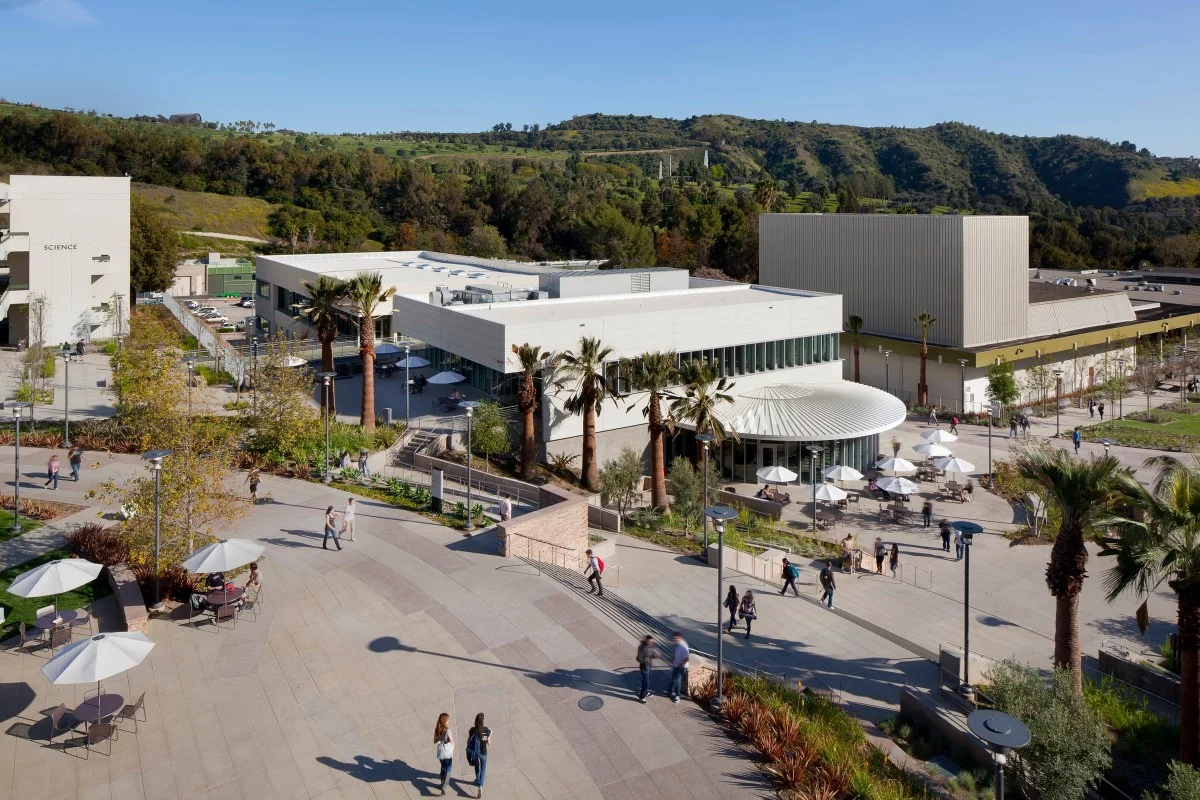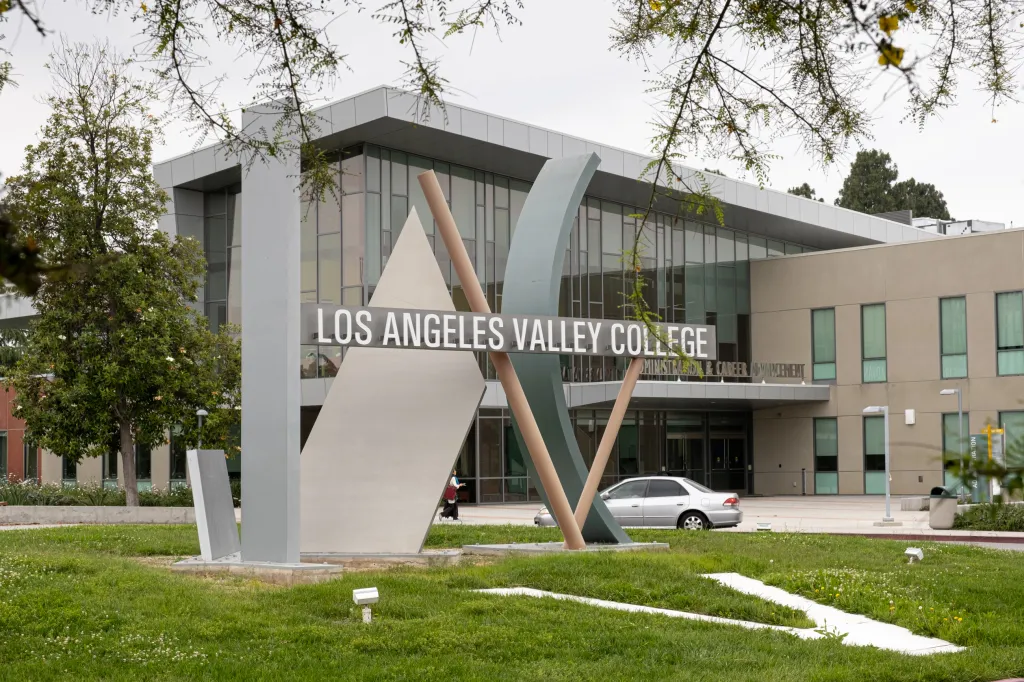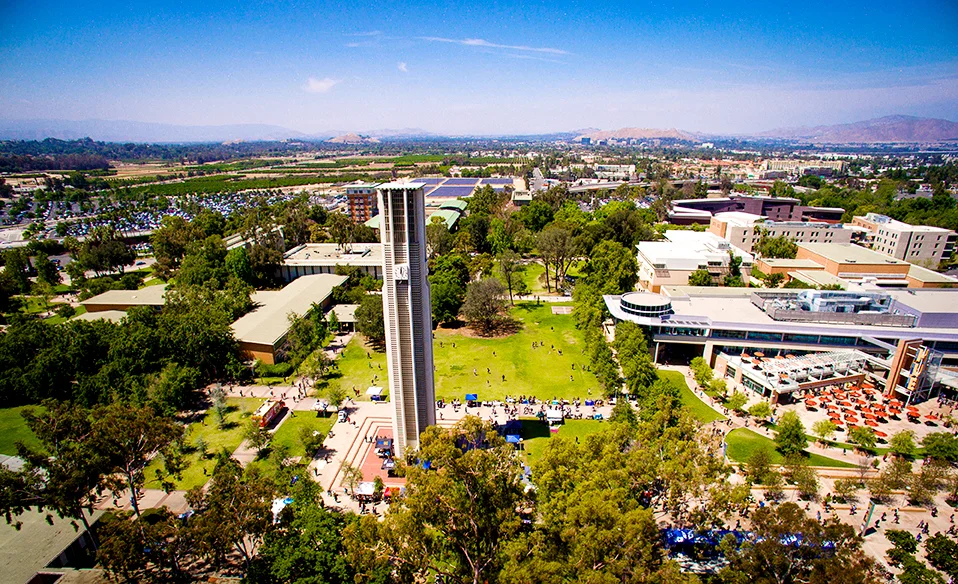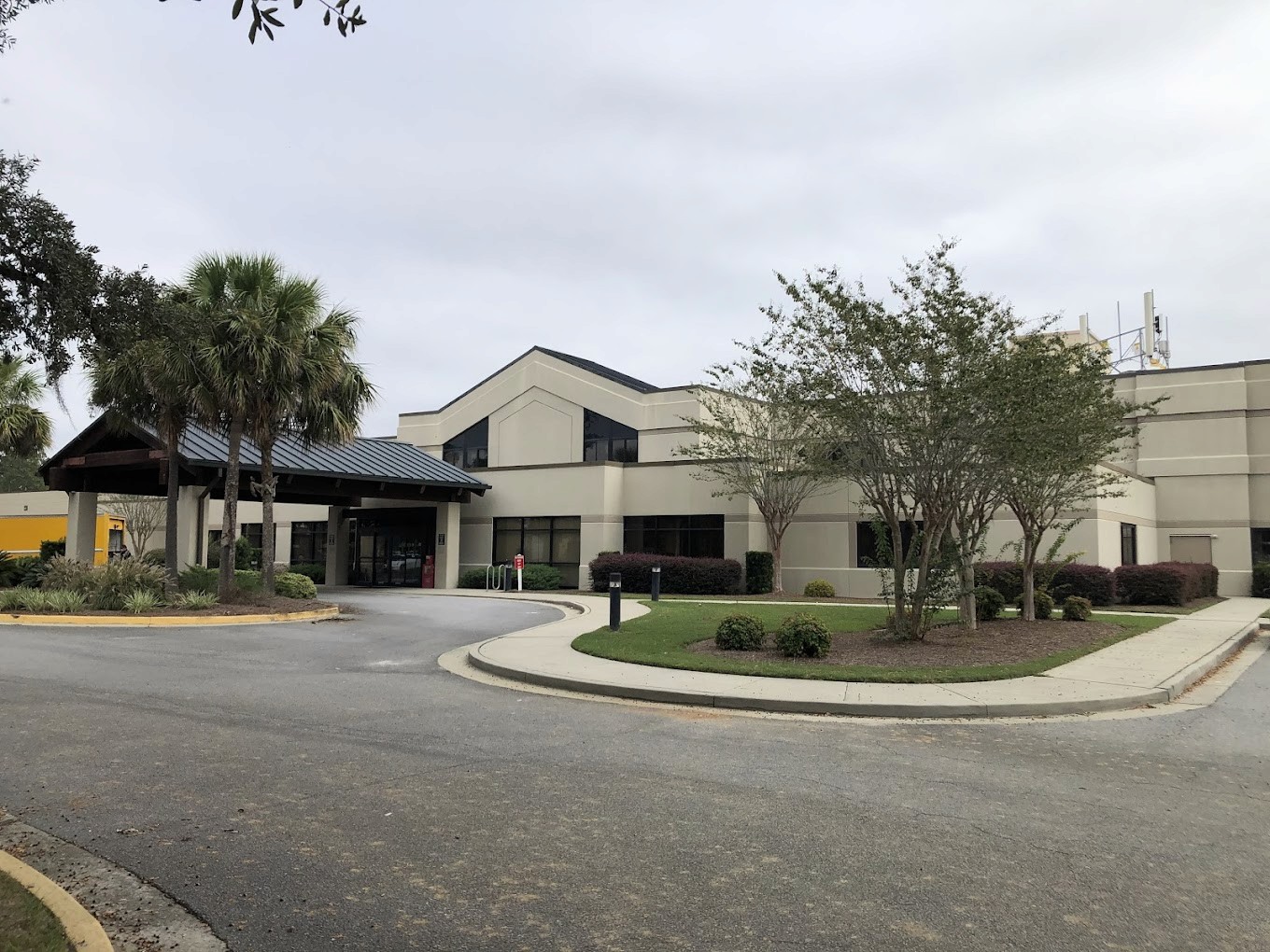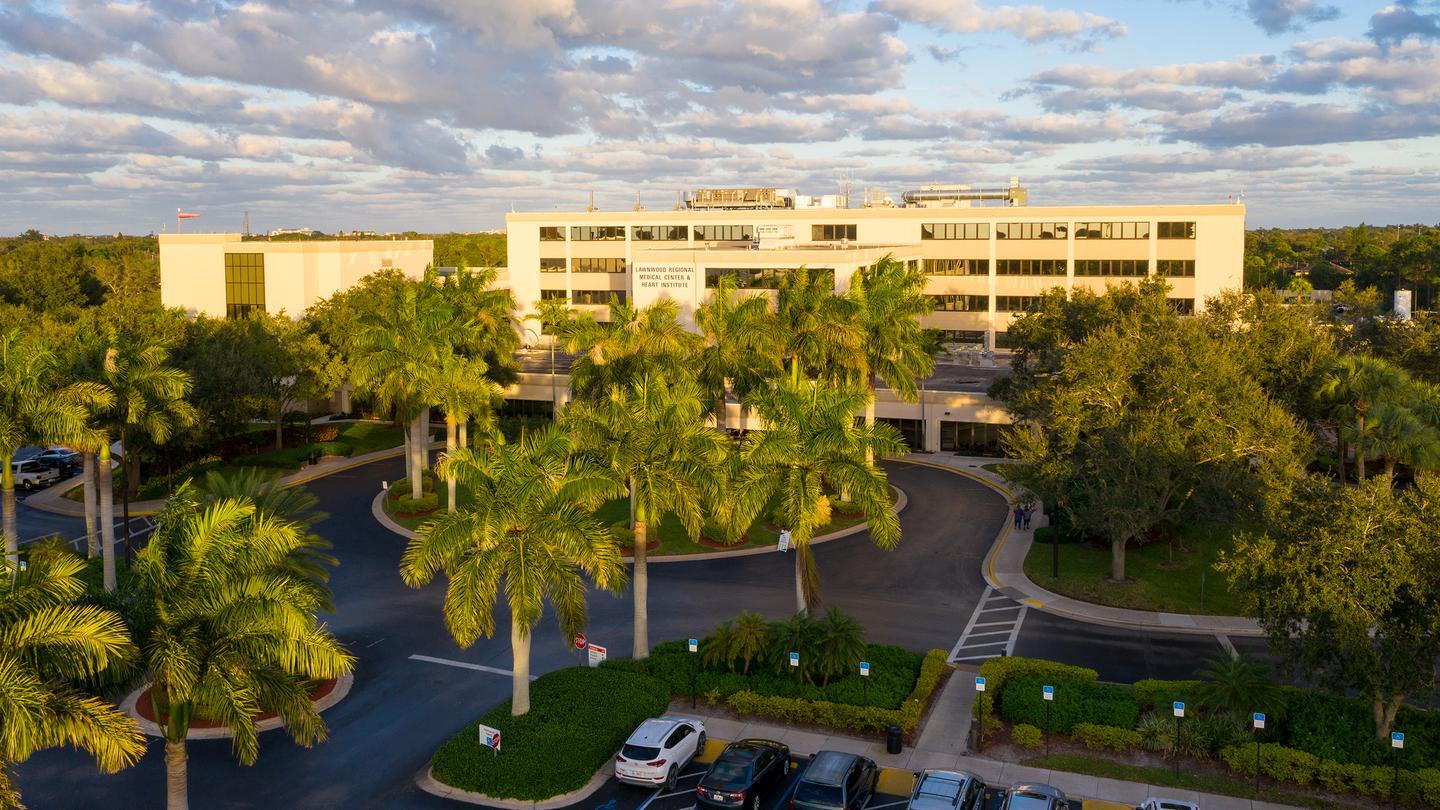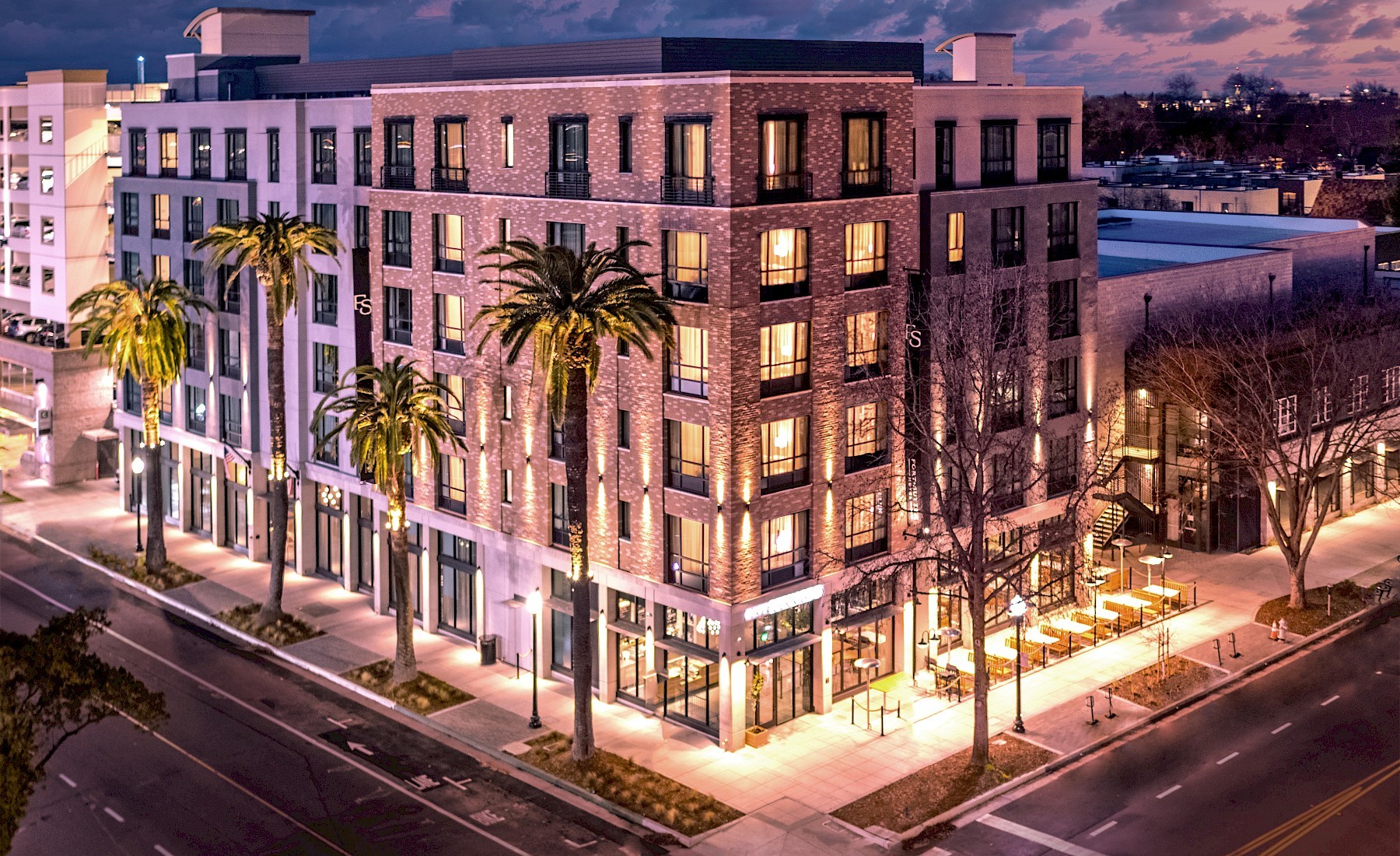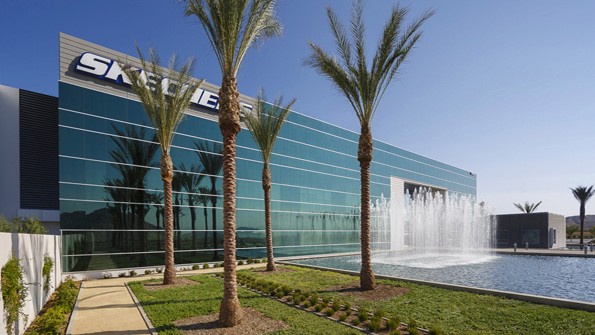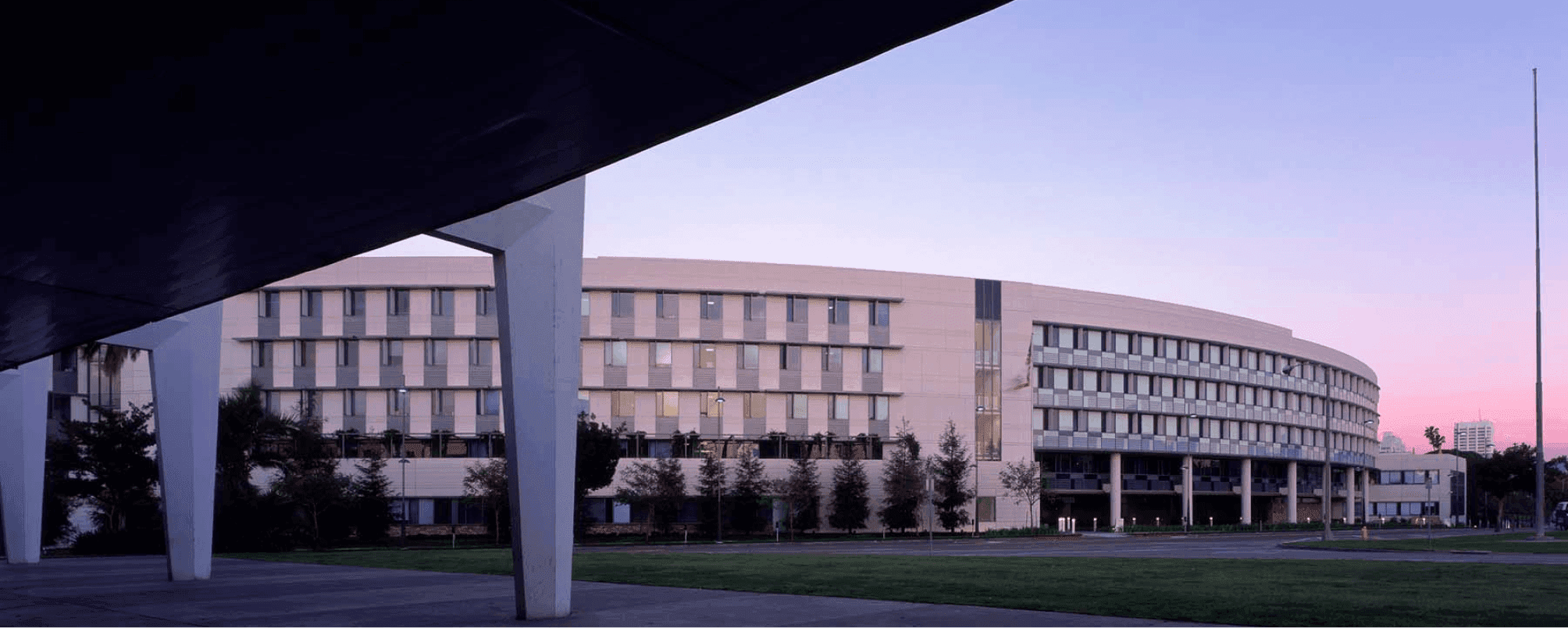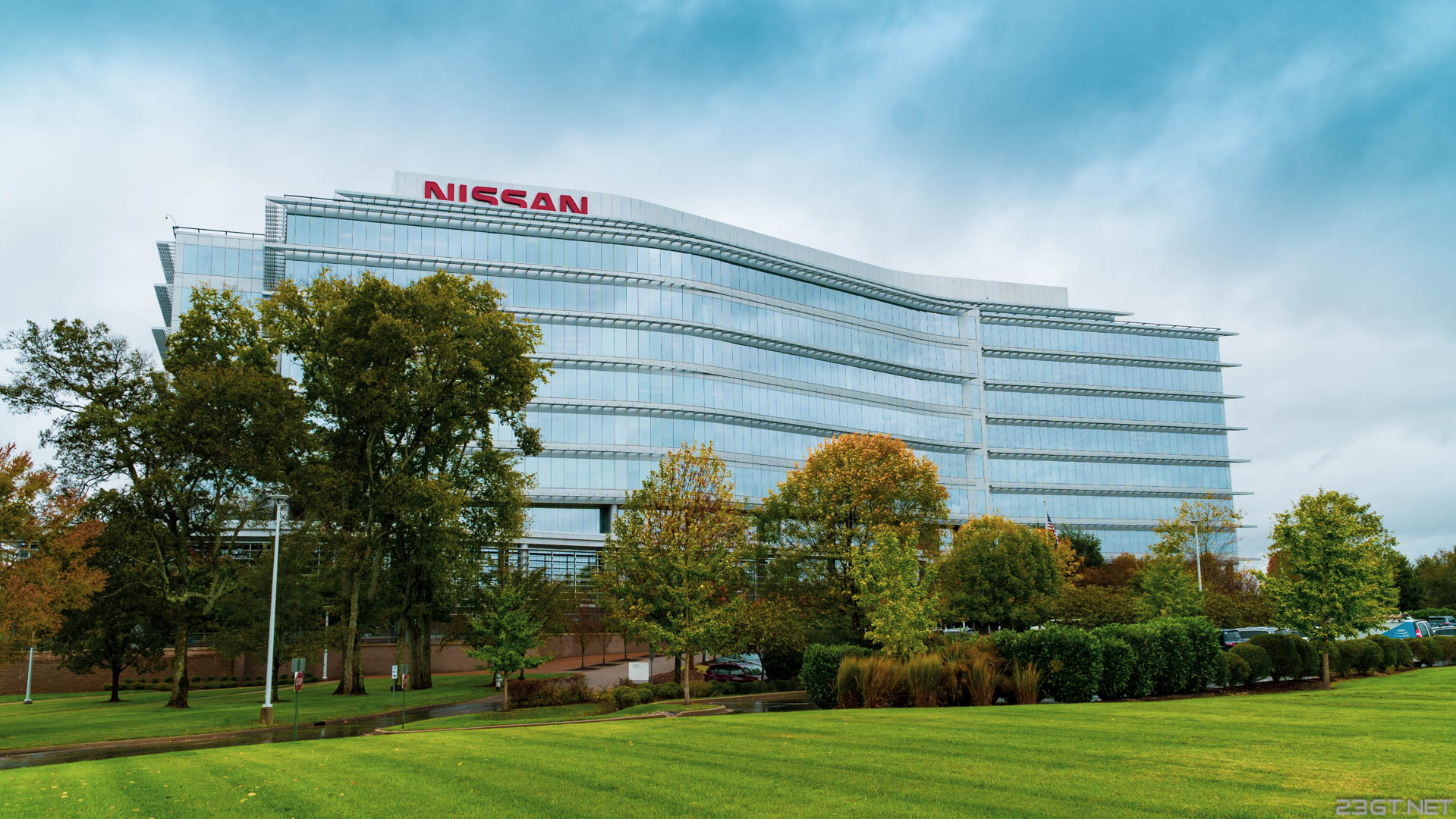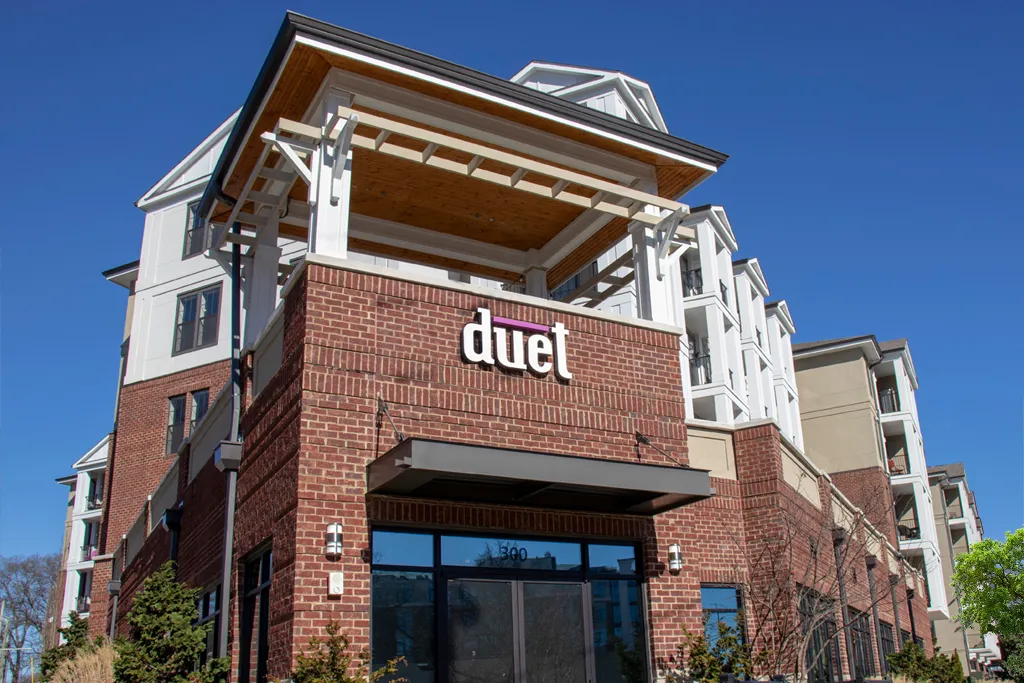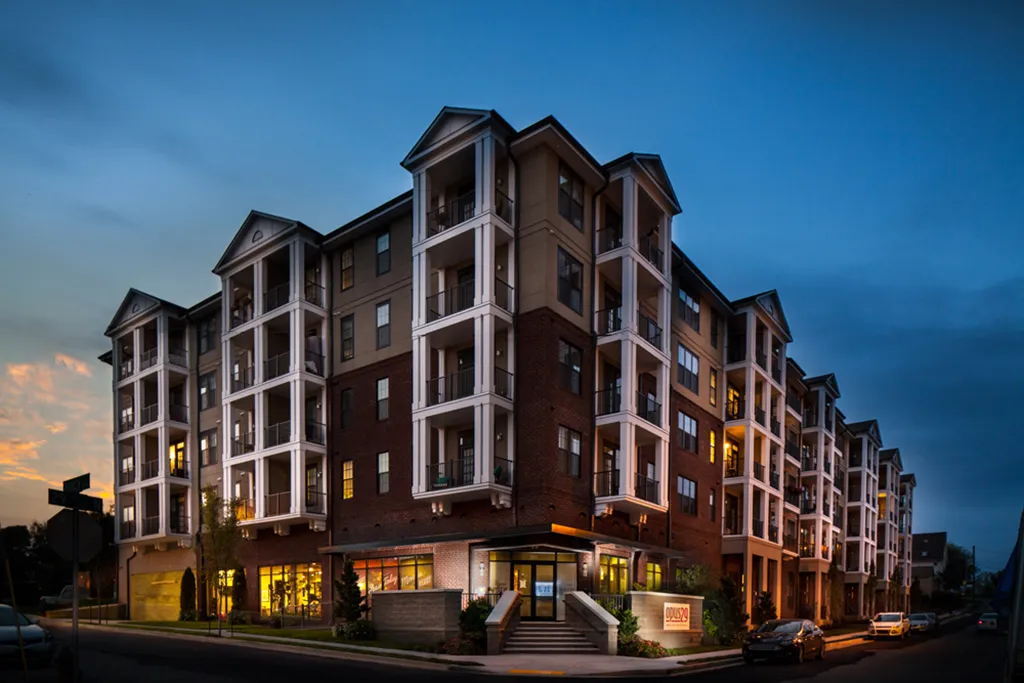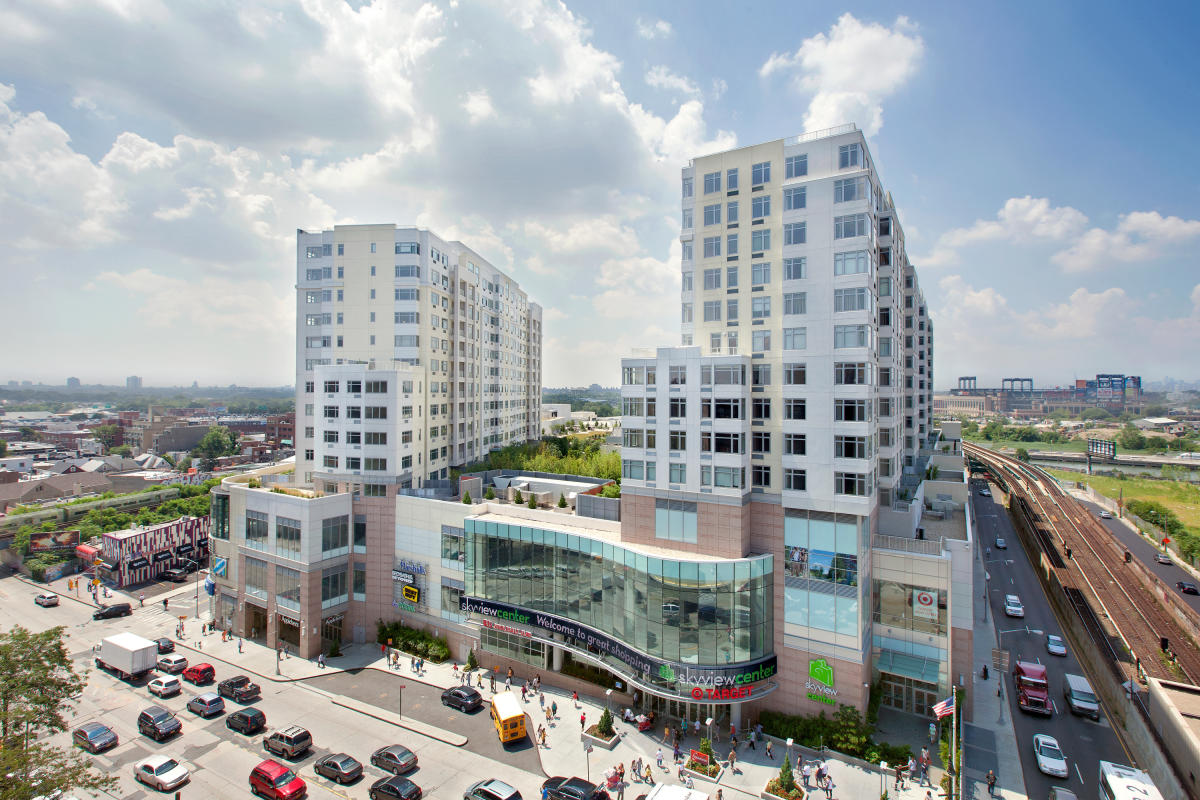
After a sluggish start to the year, the U.S. construction industry is showing new signs of life—and this time, the growth story is being written in unexpected places. While megaprojects and chip manufacturing continue to dominate headlines, deeper data reveals a quiet geographic reshuffling, a sectoral rebound, and a market in transition.
The good news? Spending is rebounding.
The surprise? California, Texas, and Florida aren’t leading it.
Megaprojects Push Nonresidential Spending to Historic Highs
Let’s start with the headline: nonresidential construction hit a record $77 billion in May, according to ConstructConnect. The primary driver? Megaprojects—huge, multi-billion-dollar developments concentrated in Industrial and Civil sectors.
A staggering 39% of all nonresidential starts in May came from megaprojects alone. The standout: Taiwan Semiconductor’s Phase 3 expansion in Phoenix, which accounted for one-third of total spending in May.
This singular project not only boosted national totals but also reinforced the Southwest’s strategic importance in global chip manufacturing and industrial construction.
The impact of these megaprojects will be both immediate and long-lasting. Short term, they drive labor demand, procurement activity, and market confidence. Long term, they shift where critical infrastructure and high-tech capabilities are being built—and who gets to build them.
A Broader Sectoral Recovery is Taking Shape
Beyond the big-ticket projects, there’s evidence that other key construction segments are stabilizing. After early-year declines in most primary sectors—Medical, Education, Commercial, and Institutional—May’s data shows the tide turning.
Education construction is back in positive growth territory.
Commercial and Institutional spending is approaching 2024 levels.
This suggests a wider recovery is gaining traction, with owners regaining confidence and projects moving forward after early hesitation. For firms focused on vertical construction and public/private facilities, this is a promising signal that bid activity and starts may accelerate into Q3 and Q4.
The Geographic Power Shift: Northeast Takes the Lead
Perhaps the most striking trend in the 2025 recovery is where the rebound is happening. While Southern and West Coast states—traditionally the engines of U.S. construction—are slowing, Northeastern states are surging.
Top Regional Growth (YTD):
New England: +22%
Middle Atlantic: +7.2%
State-Level Standouts:
Massachusetts: +48%
Pennsylvania: +43%
Maine: +25%
New Jersey: +12%
This marks a significant shift from past years, when high-growth migration states like Florida and Texas were dominating nonresidential spend.
The Traditional Giants Are Slipping
By contrast, some of the largest historical contributors to U.S. construction activity are now showing year-to-date declines:
Texas: -17%
California: -2%
Florida: -3%
Georgia: -29%
Nevada: -51%
Oklahoma-to-Tennessee corridor: down 19–49%
These six states alone represented 30% of all nonresidential spending in 2024—over $200 billion. Their YTD pullback is reshaping where opportunities are emerging and challenging old assumptions about where contractors should concentrate business development efforts.
At Paragon, we’ve seen firsthand how important it is to not just follow capital—but to anticipate its migration.
What This Means for Construction Leaders
For developers, lenders, and construction executives, these shifts underscore the importance of agility and data-driven decision making. The 2025 market is being pulled in two directions:
On one hand, megaprojects are generating momentum in Industrial/Civil sectors.
On the other, Commercial and Institutional projects are gradually returning to pre-2024 levels—just in new regional hot spots.
This creates opportunity, but also risk. Following outdated assumptions about where growth will come from—or which clients are still spending—can lead to lost bids and missed targets.
The Bottom Line
2025’s recovery is no longer theoretical—it’s happening. But it’s not evenly distributed.
As megaprojects fuel massive Industrial spending and Civil work ramps up, the real strategic differentiator may be geographic awareness. Contractors who pivot toward rising Northeast markets and broaden their sector playbooks will be positioned to outperform as the market reshuffles.
At Paragon Construction Consulting, we believe that predictable outcomes aren’t the result of luck or location—they come from reading the signals early, engaging decisively, and executing with discipline.
Because in a recovery this complex, strategy is everything.




